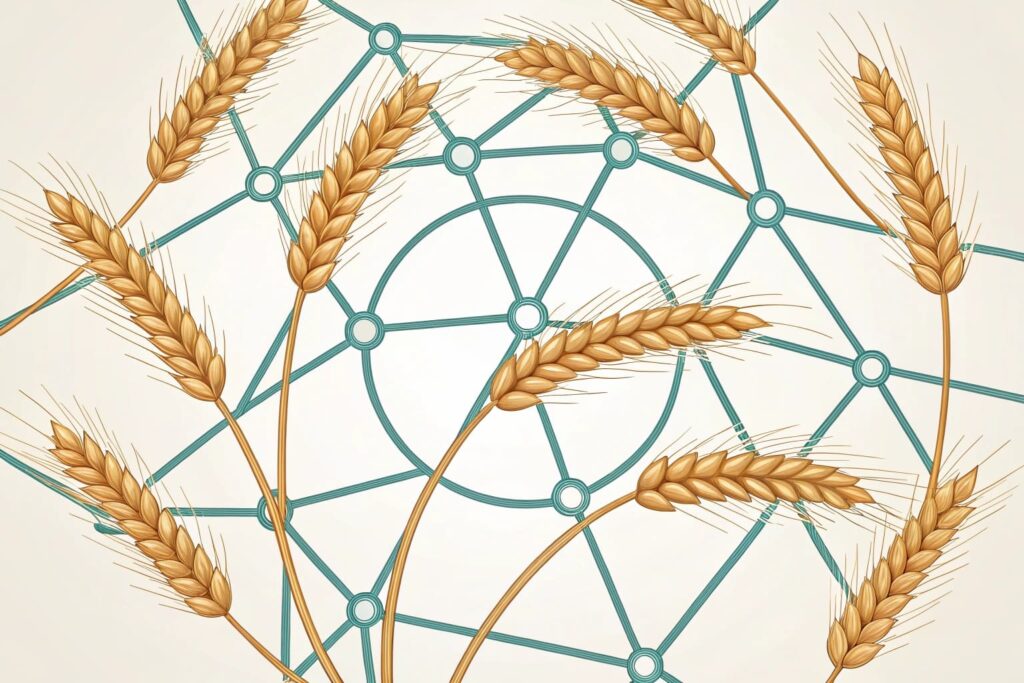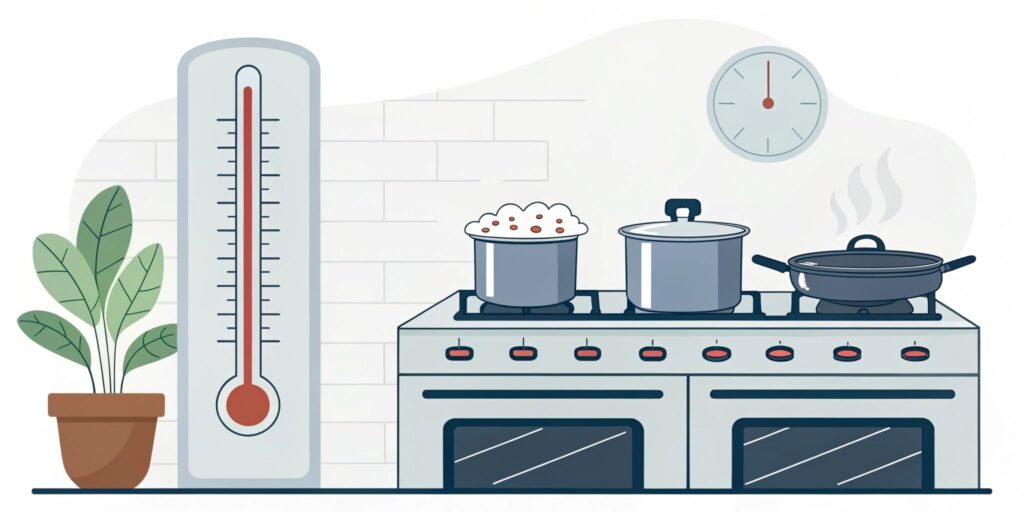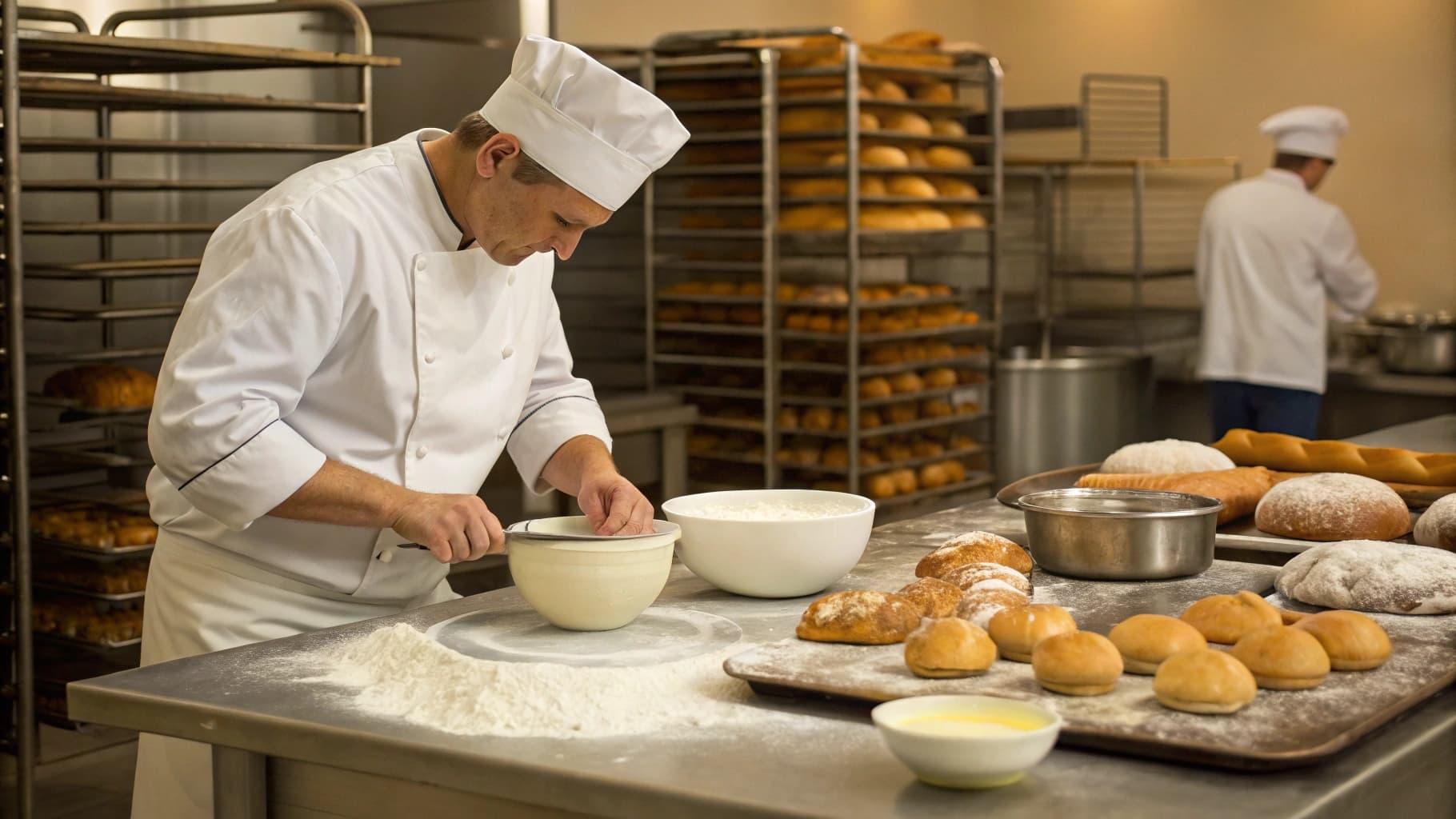Your grandmother’s “pinch of this, dash of that” approach might work for soup. It fails spectacularly in professional baking. Baking demands precision. It requires understanding chemical reactions, temperature dynamics, and molecular structures.
Professional pastry classes reveal the science behind every rise, every crust, and every crumb. Students discover why recipes work—or fail. They learn to manipulate ingredients like chemists in a laboratory.
“Baking is applied chemistry at its finest,” explains Richard Vinson, co-founder of the Chemistry AI Solver tool. “Every ingredient serves a specific molecular purpose. Understanding these interactions transforms good bakers into exceptional pastry chefs. Our AI models have analyzed thousands of recipes. The most successful ones follow precise scientific principles.”
Modern pastry education combines traditional techniques with scientific understanding. Students graduate knowing not just how to bake, but why each step matters.
The Gluten Matrix: Foundation of Structure

Gluten forms the backbone of many baked goods. This protein network develops when wheat flour meets water. Two proteins—gliadin and glutenin—bond together. They create elastic strands that trap gas and provide structure.
Pastry classes demonstrate gluten formation through hands-on experiments. Students wash dough under water. Starches rinse away. Pure gluten remains—a stretchy, rubber-like mass.
Different baked goods require different gluten levels:
• Strong gluten development:
- Artisan breads
- Pizza dough
- Bagels
- Pasta
• Moderate gluten development:
- Sandwich breads
- Dinner rolls
- Quick breads
- Some cakes
• Minimal gluten development:
- Pie crusts
- Biscuits
- Tender cookies
- Pastry cream
Students master techniques to control gluten. They learn coating methods using fat. They practice different mixing techniques. They understand how liquid ratios affect protein development.
Leavening Agents: The Rise to Perfection
Leavening creates lift in baked goods. Three categories exist: chemical, biological, and physical. Each operates through distinct mechanisms.
Chemical Leaveners
These agents produce gas through acid-base reactions. Students conduct laboratory experiments to observe these reactions firsthand.
| Leavening Agent | Activation | Best Uses | Reaction Speed |
| Baking Soda | Requires acid | Cookies, quick breads | Immediate |
| Baking Powder | Heat + liquid | Cakes, muffins | Double-acting |
| Cream of Tartar | Combined with base | Snickerdoodles, soufflés | Immediate |
| Ammonium Carbonate | Heat only | Crisp cookies | Heat-activated |
Biological Leaveners
Yeast remains the primary biological leavener. These living organisms consume sugars. They produce carbon dioxide and alcohol. Fermentation creates complex flavors alongside leavening action.
Pastry students cultivate different yeast types:
- Active dry yeast
- Instant yeast
- Fresh cake yeast
- Wild yeast (sourdough starters)
Each variety requires specific temperatures and hydration levels. Students monitor fermentation rates. They adjust conditions for optimal results.
Physical Leaveners
Air incorporation provides leavening without chemical reactions. Steam expands during baking. Trapped air bubbles grow larger.
Techniques for physical leavening include:
- Creaming butter and sugar
- Whipping egg whites
- Folding laminated doughs
- Creating choux paste
Temperature Control: The Hidden Variable

Temperature affects every aspect of baking. Ingredient temperature determines mixing success. Oven temperature controls chemical reactions. Even storage temperature impacts final quality.
Critical Temperature Points
Students memorize key temperature thresholds:
- 32-40°F: Yeast dormancy
- 70-80°F: Optimal yeast activity
- 138°F: Yeast death
- 140°F: Starch gelatinization begins
- 300°F: Sugar caramelization starts
- 320°F: Maillard reaction accelerates
Cold butter creates flaky layers in croissants. Room temperature eggs emulsify properly in cake batters. Precise temperature control separates amateur from professional results.
The Maillard Reaction
This chemical reaction between amino acids and reducing sugars creates browning. It produces hundreds of flavor compounds. Temperature, pH, and moisture levels affect reaction rates.
Students learn to manipulate browning through:
- Egg wash applications
- Sugar content adjustments
- Oven temperature modifications
- Steam injection timing
Formula Development and Troubleshooting
Professional bakers use mathematical formulas, not recipes. The baker’s percentage system allows infinite scaling. Flour always represents 100%. Other ingredients calculate as percentages of flour weight.
Common Problems and Scientific Solutions
- Dense cakes: Overmixing developed gluten. Reduce mixing time.
- Tough cookies: High protein flour used. Switch to lower protein content.
- Flat breads: Weak gluten or dead yeast. Check flour quality and yeast viability.
- Soggy bottoms: Insufficient heat transfer. Increase bottom heat or use pizza stone.
Hands-On Laboratory Learning
Modern pastry programs include dedicated baking laboratories. Students conduct controlled experiments. They document results meticulously.
Laboratory exercises include:
• Gluten analysis:
- Washing gluten from different flours
- Testing gluten strength
- Comparing protein contents
• Leavening comparisons:
- Measuring gas production rates
- Testing pH effects on reactions
- Observing temperature impacts
• Crystallization studies:
- Sugar crystal formation
- Controlling crystal size
- Preventing crystallization in syrups
Beyond Basic Science
Advanced classes explore complex topics. Emulsification science explains buttercream stability. Starch gelatinization creates custard textures. Hydrocolloids provide structure in gluten-free baking.
Students learn ingredient functionality at molecular levels. They understand why xanthan gum thickens. They know how lecithin creates emulsions. This knowledge enables creative problem-solving.
Transforming Knowledge into Artistry
Scientific understanding liberates creativity. Bakers who understand principles adapt recipes confidently. They troubleshoot problems systematically. They develop original formulas based on scientific foundations.
Professional pastry education combines art with science. Students graduate prepared for industry demands. They possess both technical skills and theoretical knowledge. This combination ensures consistent, exceptional results.
The science behind perfect baking awaits your discovery. Professional pastry classes provide the keys. Unlock your potential through understanding. Transform from recipe follower to pastry innovator.
